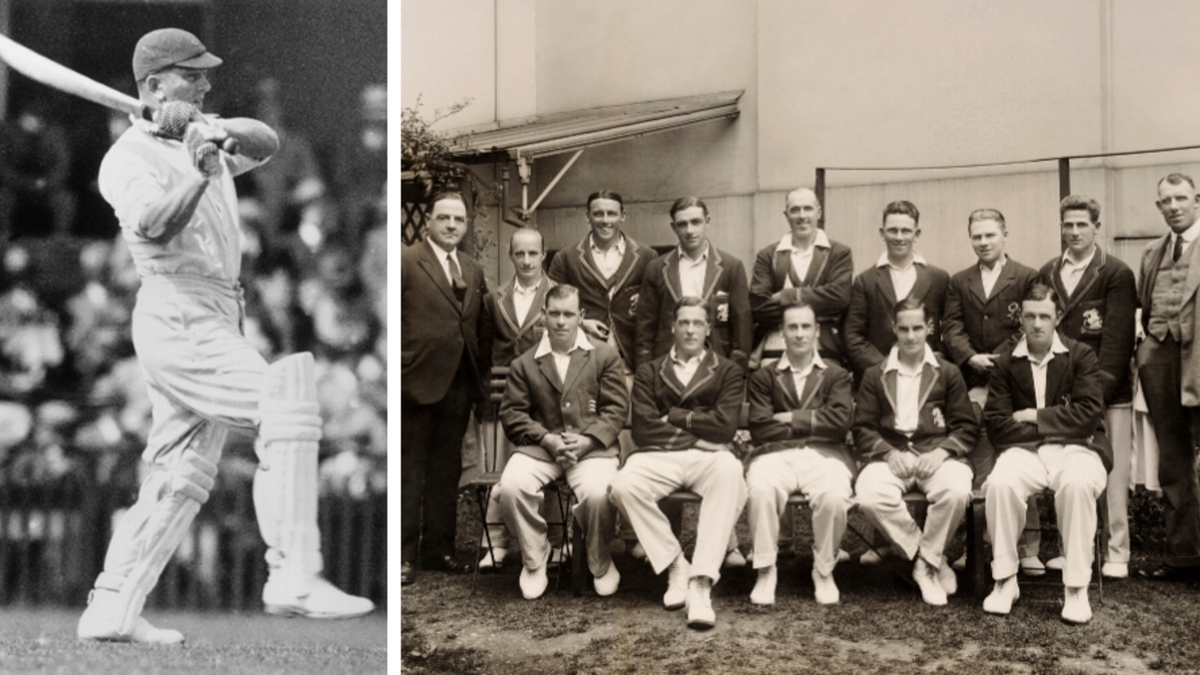
Although Maurice Leyland made a duck on his Test debut in 1928, his weight of runs in county cricket earned him a Wisden Cricketer of the Year award the following spring.
Leyland went on to be one of England’s great interwar batsmen, playing in 41 Tests and hitting 2,764 runs at 46.06 with nine centuries.
Maurice Leyland was born at Harrogate on July 20, 1900, and as a boy, playing for Moorside, had some experience of Lancashire League cricket as early as 1914. He was professional to the Harrogate Club from 1918 to 1920 and in that capacity appeared in Yorkshire Council matches. During that period he was tried in Yorkshire second eleven games and in 1922 was awarded his cap as a member of the first eleven of the county. Since then, he has made such rapid progress that last summer his aggregate was nearly 1,800 runs and his average 54, with a highest innings of 247 against Worcestershire.
A left-handed batsman very quick on his feet, he can play both the games – the dogged defence when a bad position must be saved and a fine forcing game when it is necessary to make runs quickly. In the ordinary way, his preference is for attack, and he is a delightful batsman to watch. Leyland is not one of the left-handed players who waits for his runs on the leg side. He has a beautiful drive past extra-cover, and can hit the too far pitched-up ball straight back over the bowler’s head.
His footwork is fast and easy and that, combined with the fact that he sees the ball very quickly, often makes the bowling look easier than it really is – a great asset to his side. His bowling should improve. With Rhodes and the late Roy Kilner in the side, Leyland naturally did not get much of a chance on the wickets that are paradise to the slow left-handed bowler. As yet he has not, perhaps, studied bowling as he will probably do in the future when more work in that department of the game falls on his shoulders.
As a fieldsman he is in a high-class. In the outfield he covers a tremendous lot of ground. He does not waste time in winding up, and his throw saves time, being of a low trajectory. He can field, moreover, in any position.








